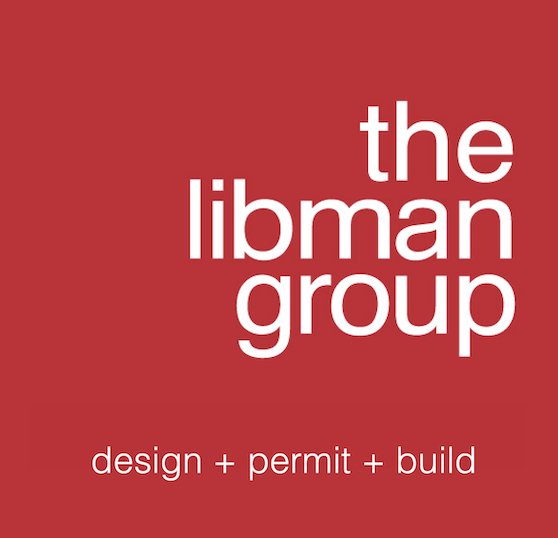Design+Build
The Design+Build delivery system often cites the original “Master Builder” model used to build most pre-modern projects. Under the Master Builder approach, a central figure of the architect held total project accountability. From inception to completion, the master builder was the key organizational figure and strictly liable to the owner for defects, delays, and losses. The Design+Build system is a return to the fundamentals of the Master Builder approach. For nearly the entire twentieth century, the concept of Design+Build was classified as a non-traditional construction method in the United States, which is the last country to still embrace the old standard of Design-Bid-Build.
The Process
Design-Build focuses on combining the design, permit, and construction schedules in order to streamline the traditional design-bid-build environment. This does not shorten the time it takes to complete the individual tasks of creating construction documents (working drawings and specifications), acquiring building and other permits, or actually constructing the building. Instead, a design-builder will strive to bring together design and construction professionals in a collaborative environment to complete these tasks in an overlapping fashion, i.e. construction has begun while the building is still being designed.
Typically, the hallmark of a Design-Build project is that one organization is responsible for both design and construction of the project. If this organization is a design firm, the process is known as “Design-led Design-Build”. If the organization is a contractor, the process is known as “Contractor-led Design-Build”.
The compression is an important aspect of the implementation of this system. Other attributes include:
A Single Source
Enhanced Communication
Value Based
Increased Accountability
Instead of having several contractors and consultants, an owner has just one entity to deal with for a center point of “responsibility and accountability”. Design revisions, project feedback, budgeting, permitting, construction issues, change orders, and billing can all be routed through the design-build firm. This single point of contact allows a certain degree of flexibility for the owner. Most design-builders will leverage that flexibility for the owner’s benefit by continually refining the construction program to maximize the owner’s value at the completion of the project.
Enhanced Communication
Because the design parameters of a project are being developed while the budgetary goals construction methodologies and budget conditions are being weighed simultaneously, a project is more likely to be realized than with pure design approach. The owner has greater access to the “team” working on project development as the project is being developed. This efficiency is not a negative “short cut” but rather the keystone to the success of the Design-Build model.
Value-Based
Typically, in order for a contractor to bid on a project, very specific details relating to the methods and materials must be given to avoid any ambiguity and to make an “apples to apples” comparison of bids. In a design-build context, the owner, the owner’s other consultants, and the design-builder can work together to determine what methods and materials will maximize the owner’s value. In instances where marginally more expensive materials, designs, or construction methods might yield a higher return on investment for the owner than those of lower cost, the owner is free to adjust the project’s program without having to re-bid the entire project.
Increased Accountability
Rather than a linear level of responsibility of the classic design-bid-build, design-build provides an integrated solution for the owner or client. This moves projects away from the “finger-pointing” that is often commonplace in contemporary construction projects, and allows the owner to look to one entity with any questions or concerns.
Our highest goal is to offer creative options to our clients where they can draw on our strength and to collaborate with them using a multi-disciplinary approach to establish a shared expectation.
